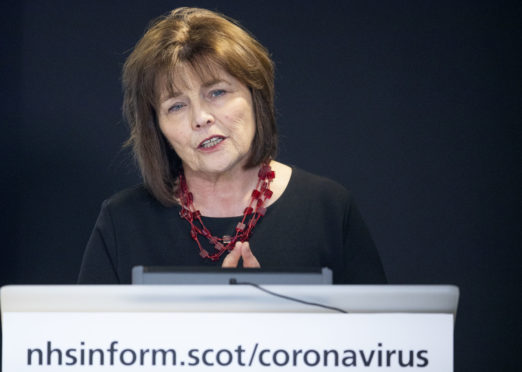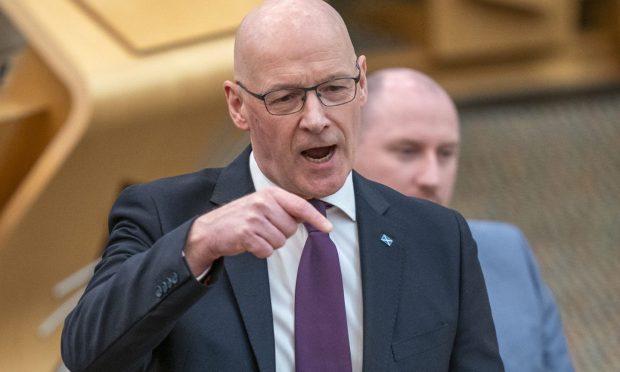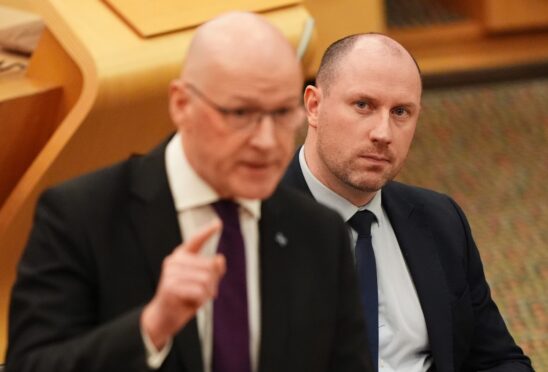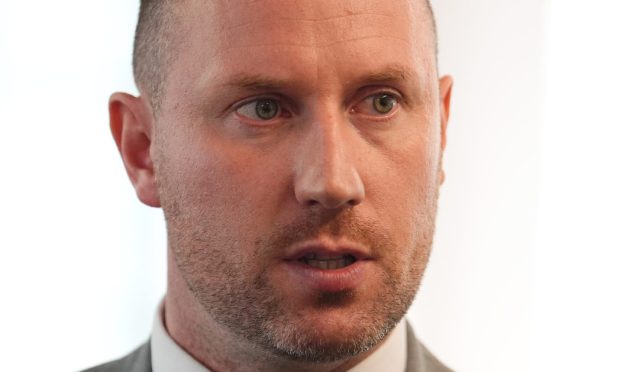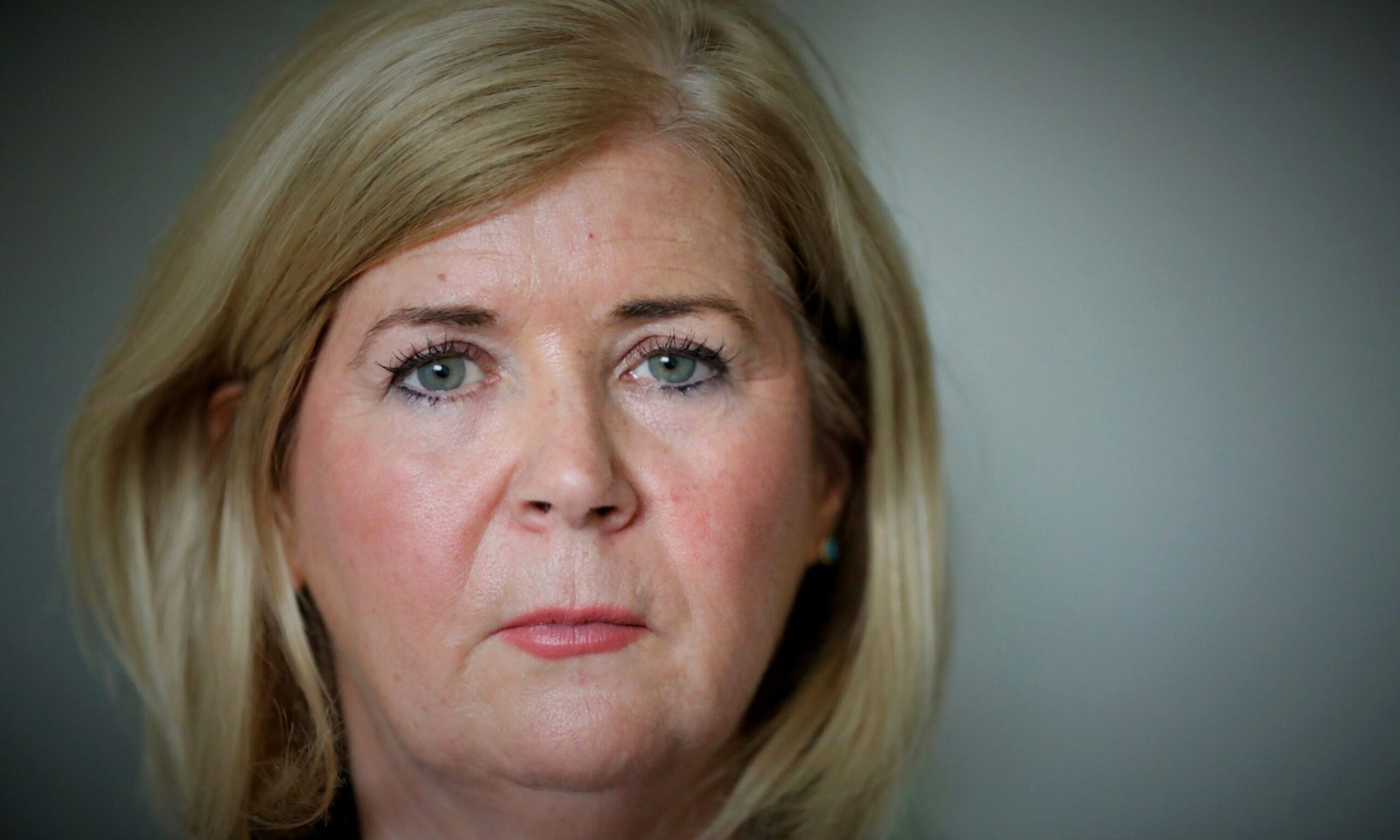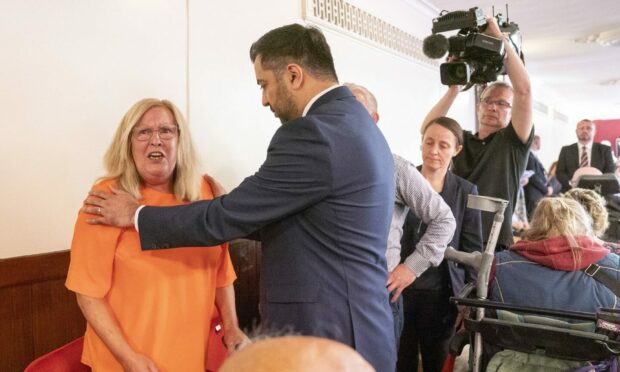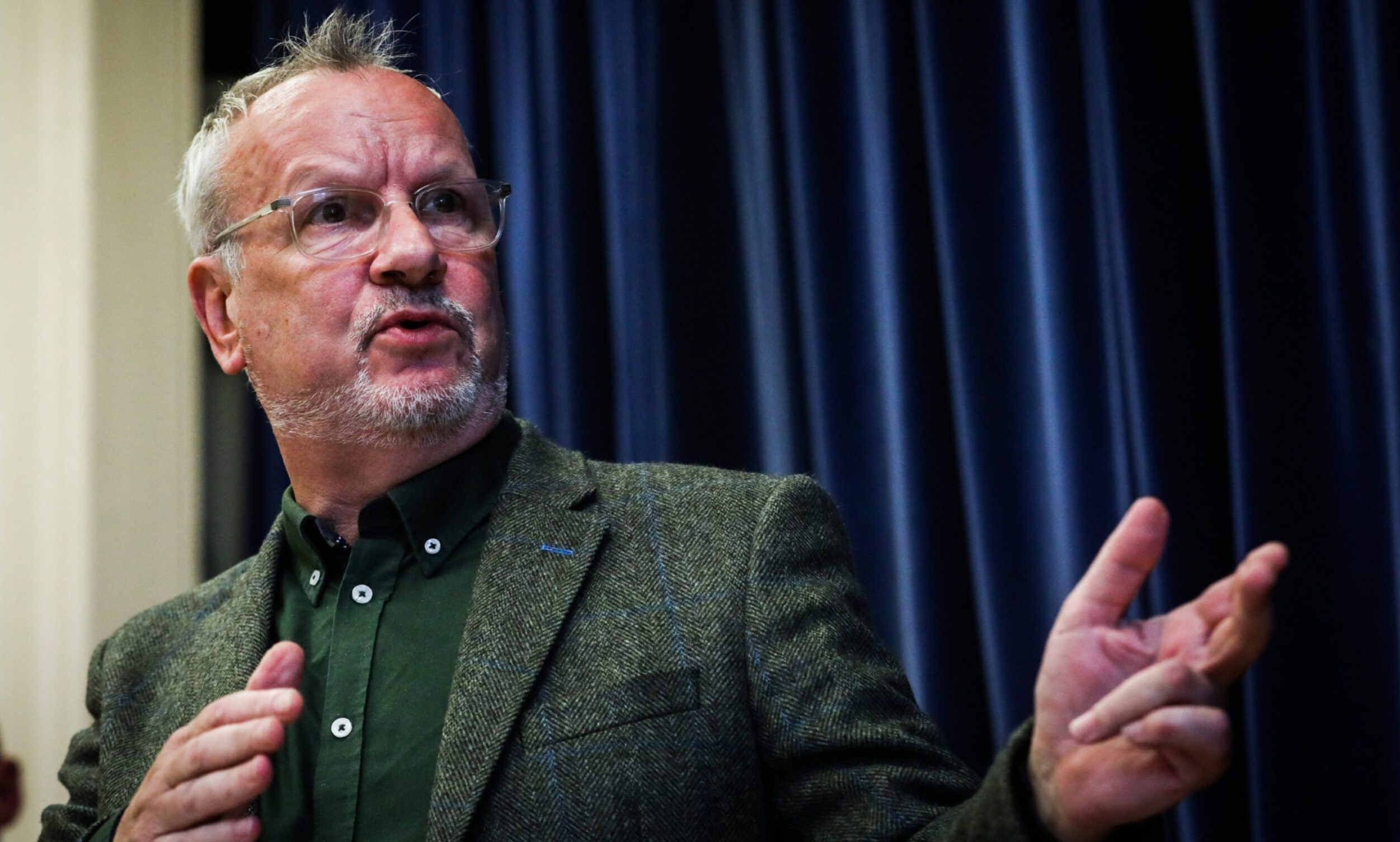People nearing the end of their lives through illness are allowed to be visited by family members during the coronavirus lockdown.
End of life care charities have welcomed the clarification on the rules, saying the thought of someone dying without the support of loved ones too scared to break lockdown rules was “heartbreaking”.
Macmillan Cancer Support called on the guidance to be made as “clear as possible” so that people can see family members in the final moments of their lives.
The Royal College of Physicians Edinburgh warned guidelines on visiting rights for dying people had been “unclear”.
Heartbreaking
Macmillan’s end of life care adviser, Adrienne Betteley, said: “Thousands of people die from cancer each year. This means, since the lockdown began, many people will have had loved ones die from the illness.
“It’s heartbreaking to think people may be missing precious time with family and close friends because they think they’d be breaking the rules to visit them.
“We welcome the confirmation from the cabinet secretary that leaving the house to spend time with dying loved ones is permitted.
“We urge her to make the guidance on this absolutely clear and to use every channel at her disposal to make sure the public is aware of these rules.
“We understand this is a very worrying time for many people. Information and support is available at macmillan.org.uk and by calling us free on 0808 808 0000.”
Calls for clarity
Professor Andrew Elder, president of the Royal College of Physicians of Edinburgh said: “Decisions regarding the presence of family at the bedside of their dying relative are not simply matters of infection control. And we should not permit them to be such.
“They are matters of our humanity, matters that define who we are, our understanding of what life is, and how our lives must end.
“We know how we will make people feel if we unnecessarily prevent them from being with a loved one at the time of their death.
“We do not need to make them feel that way; we can find ways to allow families to be together at this time.
“With personal protective equipment, social distancing and isolation, family members can balance risk to themselves and others just as the caring professions do.”
Exemptions
Health secretary Jeane Freeman addressed a sparse Holyrood following its return from the Easter recess, at which she took questions from members on a range of issues.
North East MSP Bill Bowman asked: “Macmillan Cancer Support are concerned about the lack of clarity around the guidance on visiting someone at the end of life who is dying at home.
“Currently it is not listed as an exemption to leave the house in the government guidelines, and even where guidance exists it seems to be being applied differently.
“Will the cabinet secretary set out guidance around this with regard to all settings including home and non-home settings, so that people are able to say goodbye to their loved ones safely regardless of where that might be.”
Ms Freeman responded: “It may be sensible for us to repeat this on media platforms with the guidance that we set out where we ended visiting at care homes and in hospitals and other settings had a number of exemptions and one of those exemptions was to be with a loved one at the end of their life.
“Other exemptions are in terms of birthing partners if someone is your partner when you are giving birth, the other is with if a person in your family or your loved one suffers from dementia and not having you present increases their anxiety and their distress.
“We will make sure all members know all of those exemptions and we will look again at whether or not we need to make those more public so people are clear that, certainly end of life and those other steps I’ve taken, those other measures I’ve taken, there are exemptions to the current ban on visiting.”
